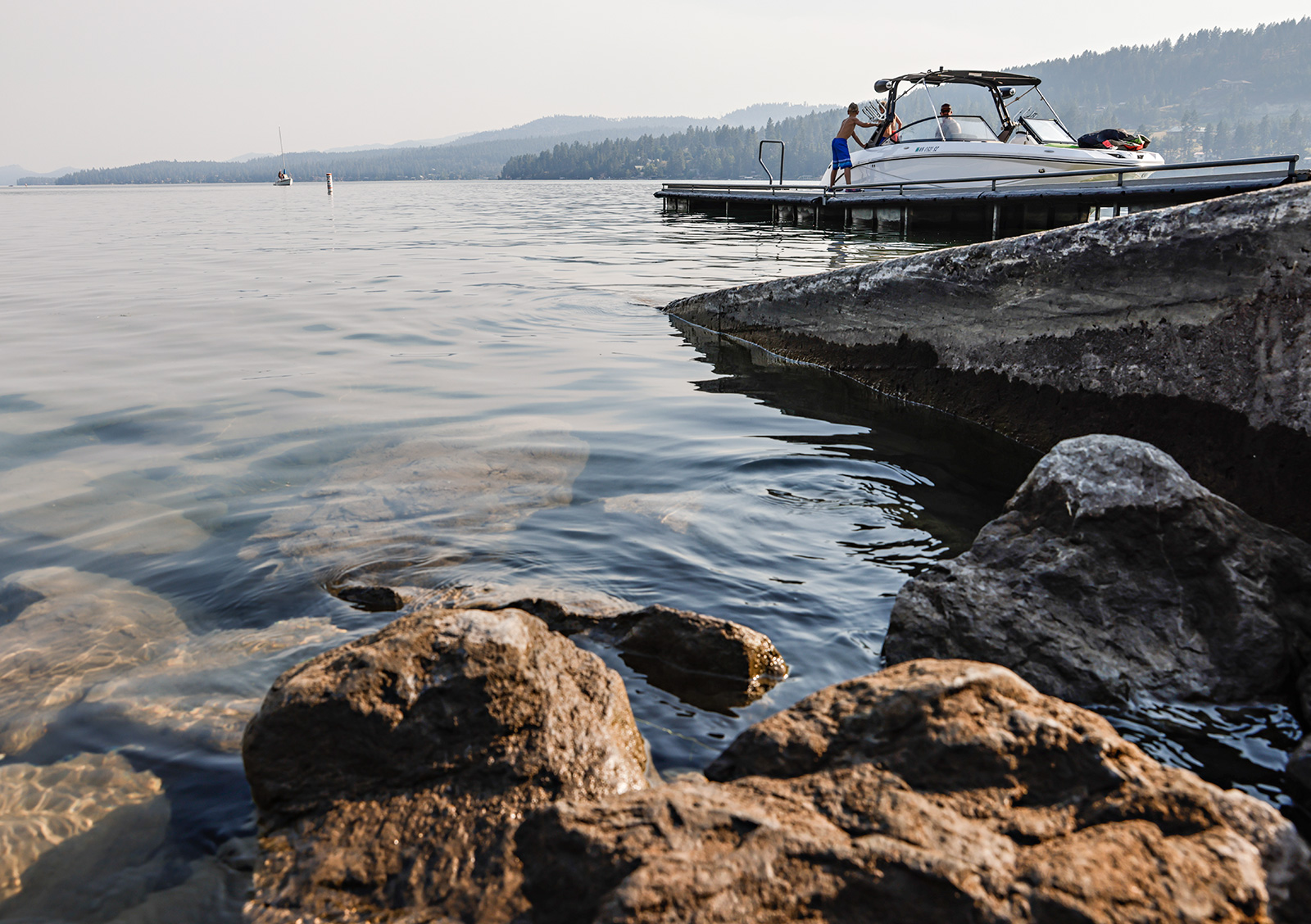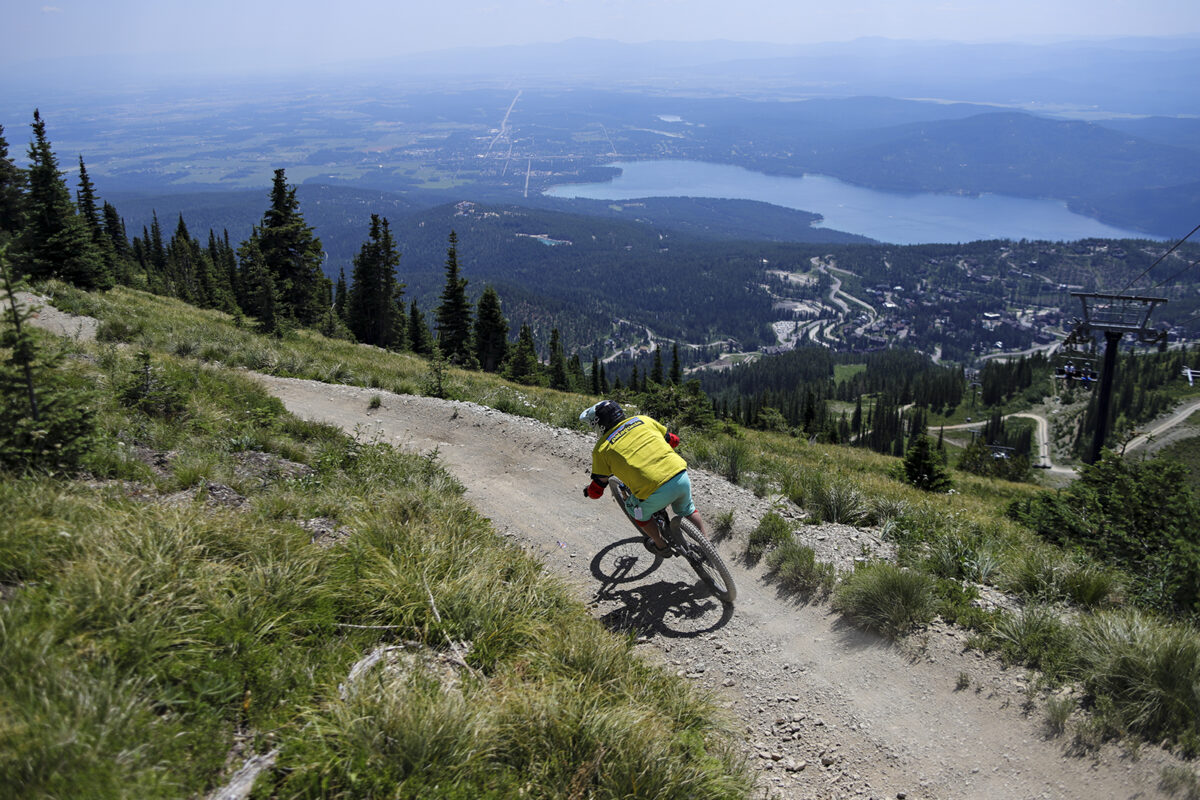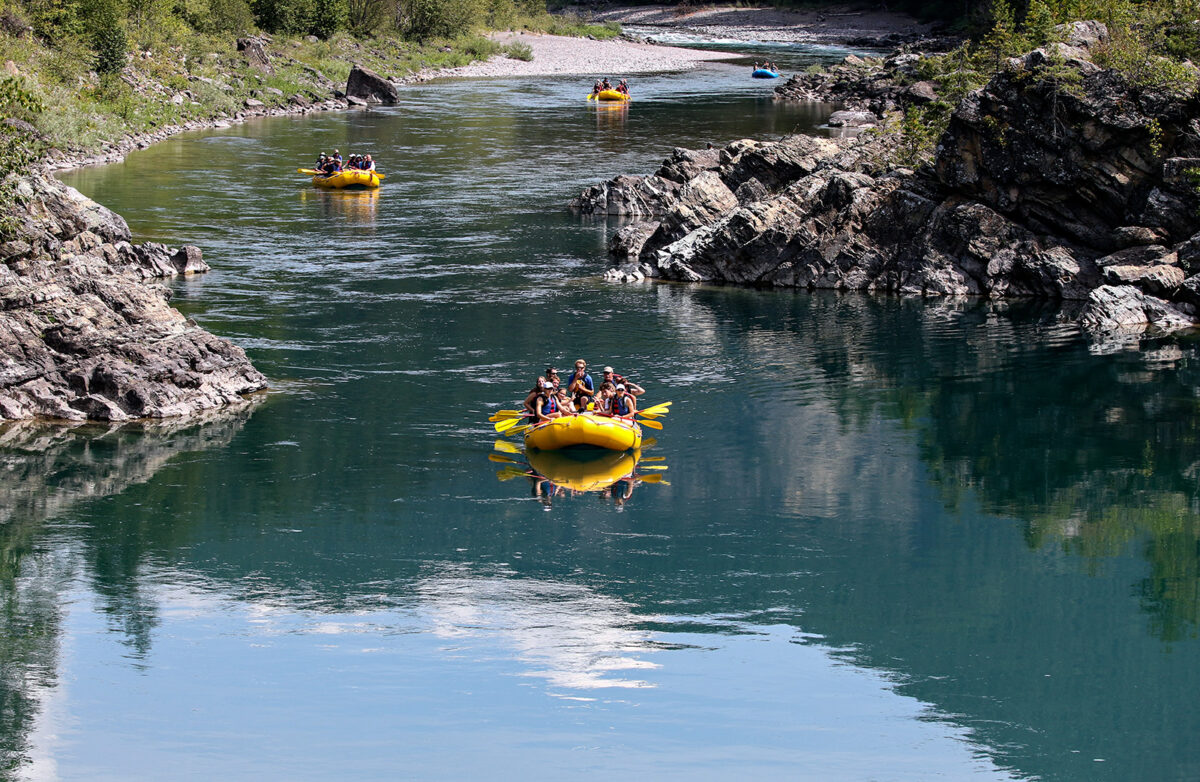Following ‘Covid Bubble’ Burst, Tourism Demand Returns to Pre-pandemic Levels
Business owners and tourism bureau directors in the Flathead Valley are reporting a softer summer season compared to recent years as inflation impacts spending habits and pandemic trends fizzle
By Maggie Dresser
As high inflation rates and an uncertain economy continue to impact tourists’ spending habits following years of peak-pandemic visitation in the Flathead Valley, revenue is down at Whitefish Mountain Resort (WMR) this summer and families are noticeably choosing more economical vacation packages, said spokesperson Chad Sokol.
Instead of reserving luxurious suites at the mountain’s lodging facilities, visitors are choosing single occupancy hotel rooms, tourists are booking the cheaper scenic chairlift rides to the Summit House, and there is lower demand for the more expensive zipline tours.
“We’re seeing a shift toward smaller family trips,” Sokol said. “There is a steady stream of people up here, but we are seeing a plateau. There’s a hangover from the pandemic years and things are returning to normal.”
Diane Medler, executive director of the visitor bureau Discover Kalispell, said destination data and surveys revealed that while visitors remain enthusiastic about travel, high prices and events like wildfires and drought have made them apprehensive.

As historically low water levels on Flathead Lake have dominated discussions among lawmakers in northwest Montana, Medler said there is a growing perception from visitors that they can’t recreate on the lake, despite the minimal impacts.
“It’s impacting some larger boats and docks but there are still many ways to recreate,” Medler said. “Far West tours are still running; fishing guides are still running. We’re trying to get the word out that Flathead Lake is still a great summer recreation spot.”
Streamflows in northwest Montana are also low for this time of year following a weak snowfall this winter and fast runoff this spring, with levels dropping about a month ahead of schedule.
As of Aug. 7, the Middle Fork of the Flathead River – a watershed that sees heavy commercial use – registered water levels of 695 cubic feet per second (cfs). The median level for this date is typically 1,500 cfs, according to United States Geological Survey data.
“Our river levels right now are typical for the beginning of September,” Glacier Guides and Montana Raft owner Denny Gignoux said. “We still do river trips in September – the whitewater isn’t as big and there are a lot more rocks. But it’s still gorgeous and people love to go rafting.”
Gignoux moves fishing trips to the mornings at low water levels, or he’ll find alternative river stretches to fit his clients’ needs, but his operation doesn’t shift too dramatically during drier conditions.
“Running a business in western Montana – you have to be flexible,” Gignoux said.
Additionally, area wildfires such as the Ridge Fire have prompted some recreational closures, including access to the Hungry Horse Reservoir, the South Fork of the Flathead River, the Spotted Bear Ranger District, and F.H. Stoltze timberland. To that end, Medler is working to educate visitors about where they can go.
But aside from the summer’s weather events, Medler said data is showing that tourism trends have returned to 2019 levels and business owners are no longer seeing a high demand during the shoulder months.
“June was soft,” Medler said. “We heard that from a variety of businesses. Hotel occupancy was down, short-term rental occupancy was down, and we heard that from retail and restaurants. But July has picked up and hotel occupancy is trending to be 4% over last year.”
Julie Mullins, executive director of Explore Whitefish, said she also noticed a lighter spring compared to the last few years.

During the height of the pandemic, business owners noted that once demand spiked, it remained at a sustained high through the shoulder seasons. But that trend has since diminished, too, with remote workers and footloose students returning to in-person settings.
According to Visa destination data, overall spending in Whitefish was down $4.5 million year-to-date from January to June in 2023.
“We’re hearing from our members that things are less manic – but solid,” Mullins said. “It’s not as crazy and it’s very manageable and they are still performing well.”
Traditional lodging in Whitefish has been flat with hotel occupancy from April to June up less than 1% compared to last year, according to Smith Travel Research data. June’s occupancy rate was at 72%, up almost 1% from the previous June while the average room price was $206.41.
Meanwhile, short-term rental occupancy within Whitefish city limits has dipped dramatically, according to AirDNA data, and was only at 49% in the fourth quarter – down 12% from the previous year.
“I’m interpreting this as the Covid bubble has burst,” Mullins said.